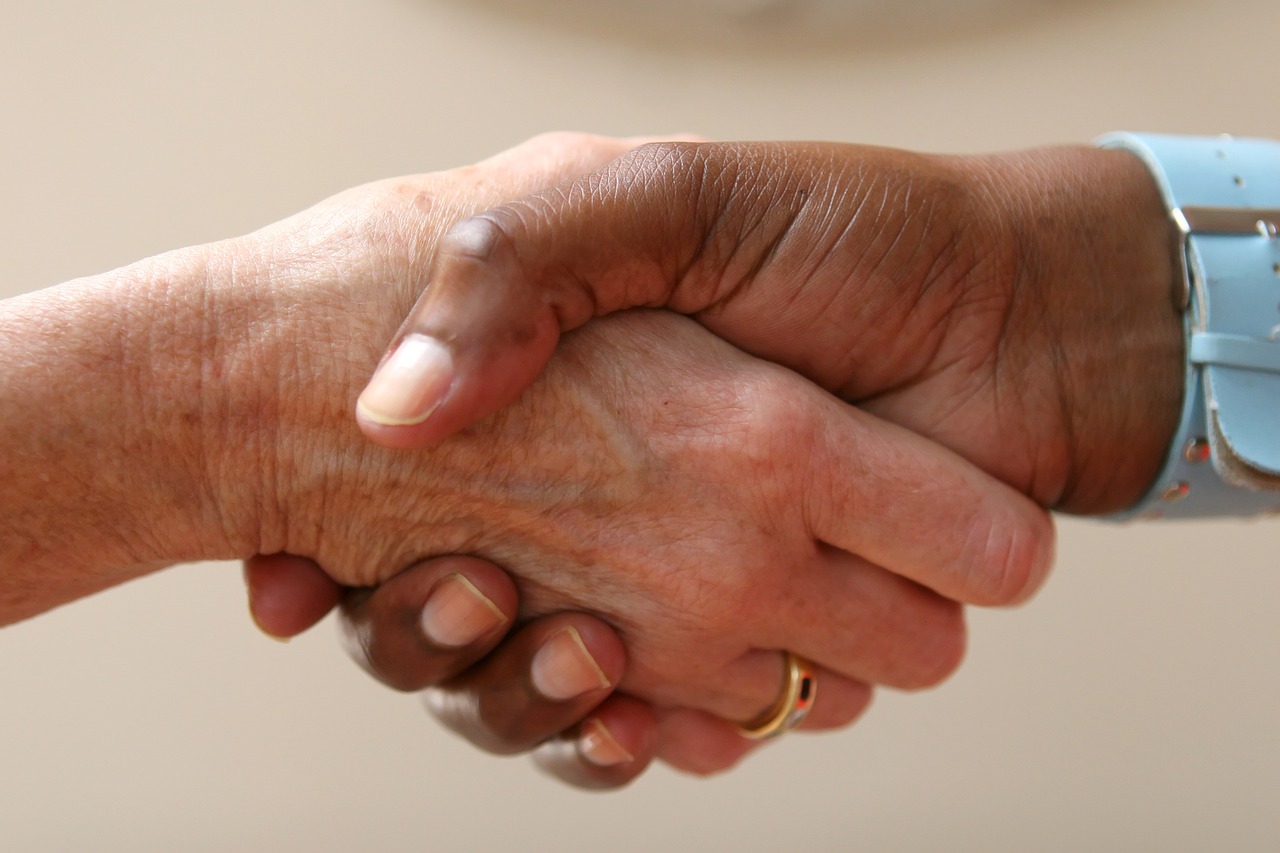3 Things to Know About Palliative Care and Oncology

There’s been countless research on palliative care that effectively documents the benefit of its early integration in the cancer treatment process. This type of care improves outcomes such as the patient satisfaction rate, symptom management, nausea and vomiting improvement, and overall pain management for cancer patients.
Palliative care is often a good option in pain management for cancer patients. The research has made that much clear, but its faults lie in the misconceptions surrounding it. Misconceptions such as the idea that hospice and palliative care are one in the same.
Susan Coss, a Medical Director with Crossroads Hospice & Palliative Care, recently spoke on some of these ideas and the role palliative care plays in standard oncology practice.
“Palliative is comfort,” she says. “If a patient is continuing to seek treatment, then they can’t go on hospice treatment because it would be a conflict of interest. You can’t be on hospice and continue to pursue aggressive treatment.”
As far as its role in the standard oncology process, there are a few things everyone should know about palliative care:
1. Palliative care and oncology together run like a well-oiled machine.
One thing Susan feels particularly strongly about addressing was that a third party palliative care provider, such as Crossroads, isn’t out to step on the toes of the other doctors and oncologists. Instead, those providers want to work beside the other doctors as a part of a well-oiled machine.
“It takes everybody,” she says. “I think [the oncologists] do a wonderful job, but sometimes for some people, they need more than what one person can provide.”
Plus, palliative care providers deliver support for the recommendations of the other doctors. Susan explains, “Sometimes [the patients] need to hear it in multiple different ways from multiple different people. Sometimes that’s what it takes.”
It’s not that Crossroads is technically doing anything other physicians don’t know how to do. They all know how to do it. It’s just that Crossroads is fully available to give the time, the focus and emphasis to try and work through some of these life-changing decisions and experiences.
2. The integration of palliative care can benefit everyone — not just the patient.
It’s actually true that, because palliative care does a lot of the things an oncologist technically is able to do, it takes pressure off of the doctors, the patient, the family and the palliative team, allowing everyone the breathing room to more effectively do their jobs and potentially improving results of treatment, comfort and care. The most important thing to keep in mind is the commitment of time for all parties involved.
“It takes time to talk through these things, to work through the caregiver stress, to work through what their goals and wishes are in their life, and then also the time to then call the oncology office and call the palliative care office [with updates],” Susan explains.
A common problem with communicating with the patient is their response to the different environment they’re in. “Sometimes the patient may not share anything with [the doctor] either. In what can be the stress of a doctor’s office, when they’re talking about the chemotherapy they need to go on for so many days or whatever, they can then get home and think of all these other things that they needed to address and forgot,” she says.
The integration of palliative care into standard oncology practice allows a reframing of the time committed for everyone involved, ultimately resulting in all around better care.
3. Crossroads brings the palliative care and pain management to the patient.
Sometimes just the simple idea of seeing a patient in their own environment, rather than an office, can make a world of difference. It’s a difference Susan is proud to say that Crossroads makes.
“Palliative care is good in either situation [home or office],” she says, “but as we see patients get sicker after a while it gets harder for them to get to appointments. So that’s one thing — one less appointment that they have to get to.”
She continues, “The other thing is, when we go into their homes, we see things sometimes that we can then address. Safety issues, for example, or ways to make their lives a little easier with power chairs, handrails and getting home health aides in there and picking rugs up off the floors.”
When a Crossroads palliative care employee is able to see firsthand how a patient is actually living on a day-to-day basis, they can address issues not always easily addressed in an office: things they forget to say, are embarrassed to say or things they aren’t even aware is going on.
“Not seeing them in their environment makes it much harder,” she explains. “It’s much more time-consuming [to see them in their environment], but it’s much more eye opening to see what they’re dealing with not feeling well and dealing with that at home or in a long-term care facility.”
All in all, it’s apparent that palliative care can, more often than not, prove to be the best choice in the cancer process for patients, families, caregivers, doctors and oncologists alike.
“We want to work with the others,” Susan concludes. “We don’t want to take over their care. We want to work with other people to help them feel the best that they can feel and to help them work through extremely challenging diagnoses and times.”
To learn more about palliative care, visit the Crossroads Hospice & Palliative Care website.
If you found this information helpful, please share it with your network and community.
Copyright © 2016 Crossroads Hospice. All rights reserved.




